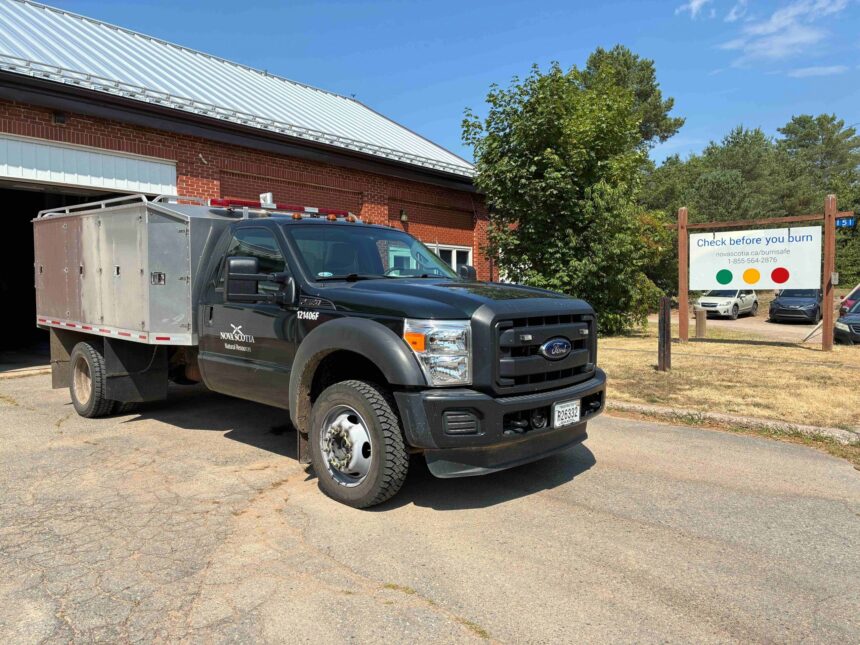Article content A Department of Natural Resources fire truck sits outside the depot in Kentville on July 30, 2025. Firefighters are on high alert as the province bakes under weeks of sun and heat with little rainfall.Article content“It’s important for people to be aware of and follow the daily burn restrictions.”Article contentHe said the conditions are keeping more DNR crews closer to their depot and at a high level of preparedness, rather than performing other tasks like park maintenance further afield. Time off and vacations may be more limited to keep a sufficient number of people around in case a fire breaks out.Article contentTingley said there hasn’t been any talk yet that he’s aware of around closing the woods to travel completely.Article content“It certainly will have the potential to come into the discussion as these kinds of condition extend.”Article contentFarmers are also having some struggles.Article contentAlicia King, president of the Nova Scotia Federation of Agriculture, said conditions are dry everywhere.Article content“We keep checking the weather and see rain forecast out (long range) and hope it’s going to come, then the forecast inevitably changes again,” she said.Article contentArticle contentThe concerns span all sectors of agriculture, from crops to livestock.Article content“Right now, speaking personally on our own farm, we have pastures that we would usually be able to pasture cows in well into October, and we’re feeding our winter-stored hay that we just finished cropping. Ordinarily we wouldn’t start feeding hay until November.”Article contentThat hay will have to be replaced for farmers who are dipping into it early, she said, but that will mean trying to find some when all farmers are facing the same issues.Article content“The pastures just aren’t growing back,” King said. “Without the rain we’re not getting the regrowth.”Article contentFarmers who grow fruits, vegetables and berries “are irrigating their crops 24-7 just to keep that little bit of moisture there, and hopefully get some growth and continue to get the same growth pattern going.”Article contentBut all that means irrigation ponds, reservoirs and water supplies are starting to dry up, too.Article contentArticle content“Everything needs to get some rain to fill up, whether you’re taking water from a well, or a pond or a river or whatever it might be.”Article contentThere are also farmers who don’t or can’t irrigate, making the need for rain even more acute.Article contentChicken farmers whose flocks are in barns are also dealing with the lack of rain and the heat stress that comes with the current weather.Article content“It doesn’t matter what facet of agriculture you’re in right now, this heat and lack of rain is certainly something that we’re all watching,” King said. “I think it would be safe to say that every producer is flipping between every weather app that they have, hoping that somebody has some moisture in the forecast.”Article contentThe heat also creates rapid maturity in grasses and crops. If that is happening in feed sileage, they’re not getting the volume because it’s maturing so rapidly.Article content“They have to cut when the quality is good, and when the quality is good there may be less volume.”
Nova Scotia forests, farms wither under drought-like weather conditions











